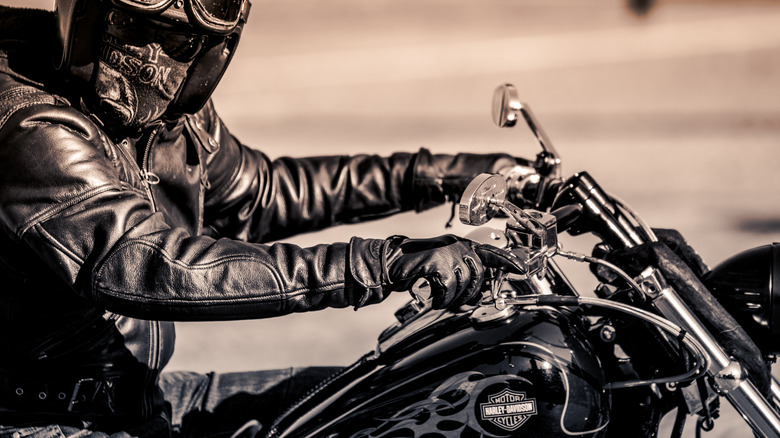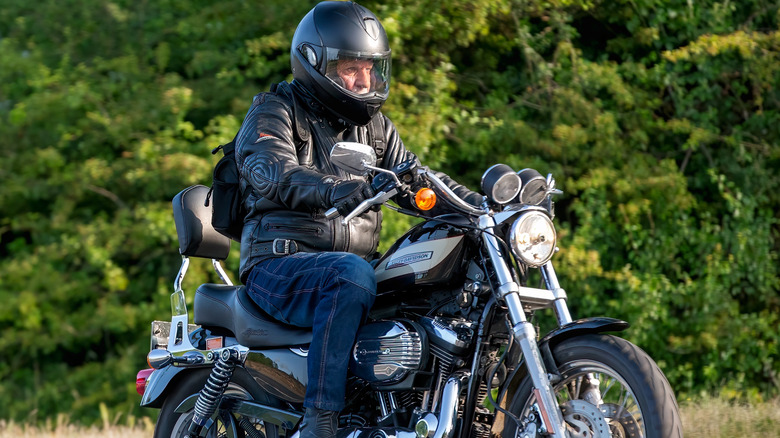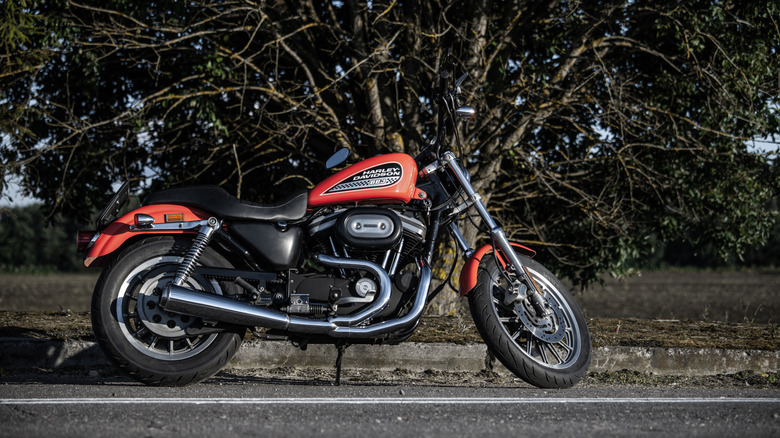What Does XL Mean On A Harley-Davidson?
It's easy to get caught up in the names of Harley-Davidson bikes — Iron 883, Forty-Eight, Roadster, and so on. But if you have ever looked closer at a spec sheet or service manual, you've probably seen a short Harley-Davidson model code like FXST, FLHX, or even XL. While "XL" means "extra large" on a clothing tag, it means something totally different on a Harley. Rather, this simple code tells a lot more about your bike than you can imagine.
So, what does the "XL" mean? In simple terms, "XL" is the internal label Harley-Davidson uses for its Sportster lineup — a range of bikes known for their smaller size, agility, and urban cruising. But like most things Harley, there's some history behind it. The letters aren't just slapped on at random, but can actually be traced back to a naming system that's been evolving since the early 1900s. And if you know what the different codes mean, you'll realize that they reveal a lot about the kind of ride you're getting.
Breaking down the XL code in Harley-Davidson motorcycles
Over the years, Harley has used a full alphabet soup of letters and numbers to identify their bikes. But there's a system behind how it all works. In general, the first letter of a Harley model code refers to the engine type. For example, in the "XL" category, the "X" signals a smaller engine, unlike the larger "F" used for the heavyweight Big Twins. The "L" that follows can mean different things depending on the model — sometimes Low, other times Limited, or even linked to suspension or styling choices. It's not always clear-cut, but it gives a general idea of how the bike is built.
You'll also see additional numbers that reflect Harley-Davidson engine displacement. For example, "XL883" points to a Sportster with an 883cc engine, while "XL1200" refers to a bigger 1200cc version. Some variants go even further — a model like "XL883N" means it's an Iron 883, one of the most popular bobber-style Sportsters that was discontinued by Harley-Davidson. This coding system might feel a bit old-school, but it's actually quite useful, especially when you're buying parts or checking compatibility.
Why riders still look for the XL code
Even though most riders now refer to their bikes by name, like Sportster Iron 883 or 1200, the "XL" code hasn't gone away. In fact, it's still stamped on many modern Sportsters and remains a useful shorthand in Harley culture. It tells experienced riders right away what kind of frame and engine they're dealing with. Also, the dealers and mechanics often use these codes to identify exact models for repairs and upgrades.
What's even more amazing is that "XL" bikes are considered a good entry point into the Harley-Davidson world, as they're lighter and easier to handle, making them ideal for city rides or weekend cruises. Plus, thanks to their long-running popularity and unique model codes, XL bikes benefit from strong aftermarket support and easy customization. So, whether you're restoring an old Ironhead or picking up your first new Harley, understanding what "XL" stands for can make you feel a little more connected to the culture.


